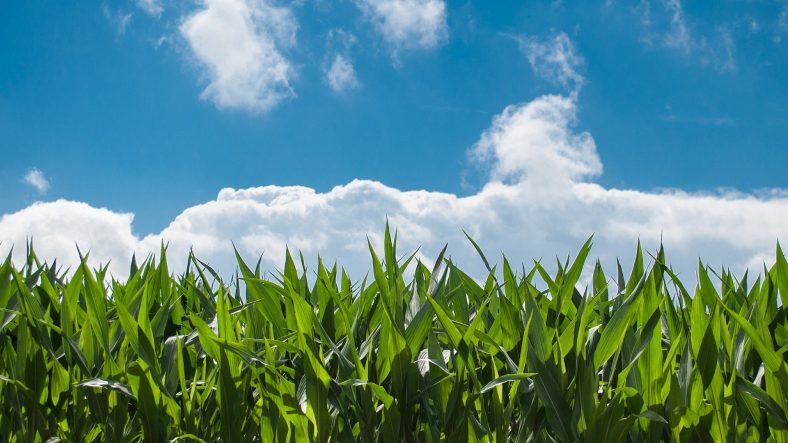Despite the continuing eruption of Hawaii’s Kilauea volcano for more than a month, the recent eruption of the Fuego volcano in Guatemala has been much more deadly, with the number of victims now exceeding 100 deaths. Why are their eruptions so different?
First, it must be known that different forms of volcanoes lead to distinct eruptions.
Kilauea in Hawaii is a shield volcano, while Fuego in Guatemala is a stratovolcano.
The first volcano ejects lava in motion which eventually harden during its course. This flat and wide volcano has a domed structure resembling a shield lying on the ground.
The second represents the usual image of a volcano as it is an imposing mountain with a sharp summit, whose eruptions are characterized by lava flows along steep slopes.
By comparison, the Kilauea reaches 1200 meters above sea level, while the Fuego exceeds 3700 meters.
Tomato paste vs ketchup
If there are different types of volcanoes, there are also different types of magma, the molten rock deep inside the Earth that is called lava once it reaches the surface.
The magma of shield volcanoes like Kilauea has a lower viscosity, which means that it is more runny.
Volcanologist Einat Lev of Columbia University in New York uses an analogy between ketchup and tomato paste to explain the difference between Kilauea and Fuego magmas.
If you tamp tomato paste, it will not move, but if you try to do the same thing with ketchup, it will spread.
Einat Lev
For example, Kilauea lava is slowly expanding, while the Fuego lava is stacking in layers, a feature that, combined with its shape, has devastating consequences as the pressure of the gas increases in the volcano.
All active volcanoes produce gases that have the ability to accumulate.
Let’s go back to the analogy of ketchup and tomato paste. Gas that can not penetrate thick magma like tomato paste needs more force to pierce the bubble. As the magma is less viscous in Kilauea, the gases produced can escape more easily.
This is not the case for the Fuego, whose gases are under enormous pressure that eventually explode in violent explosions.
If you try to blow ketchup or tomato paste with a straw, with ketchup, the bubbles will pass easily enough, while with the tomato paste, they will pass more difficult not without causing explosions of dough.
Einat Lev
Thus, according to the scientist, it is the nature of the bubbles that determines the extent of these explosions.
Kilauea produces phreatomagmatic explosions that occur when the magma travels through tunnels beneath the water table, causing the instantaneous boiling of water. Rocks or debris that come into contact with its tunnels are ejected when the pressure increases; the volcano spits steam, ash, rocks and gas to the sky.
For its part, the Fuego produces pyroclastic explosions, much more deadly. These explosions are filled with pieces of lava, ash and volcanic gases. They lead to extremely fast flows on the slopes of the volcano, which destroy everything in their path.
Thus, people who breathe ash and gases that emanate are immediately smothered.
People who are within a radius of less than five kilometers of a pyroclastic flow can be burned and buildings destroyed.
This is what happened in Guatemala. The eruption also occurred in a densely populated area, with villages at the foot of the volcano.
For example, many villagers in El Rodeo soon found themselves submerged by ashes, fragments of lava and gas, which reached the village at a speed of 700 km / h.
On the other hand, the nature of Kilauea’s explosions and its location (in a national park) have prevented human losses, despite the fact that the lava has still reached inhabited areas where infrastructure and houses have been destroyed.
In both cases, the territory will be unusable for years.
A gamer through and through, Ed Smith’s first console was the original Sega. An obsessive fascination with all things tech blossomed from a hobby into a career. Before hopping over to Freeze Wall, Ed Smith worked as a freelancer for many online tech publications including, Tech Radar, JoyStiq and Digg. Ed Smith serves as our lead science reporter.

